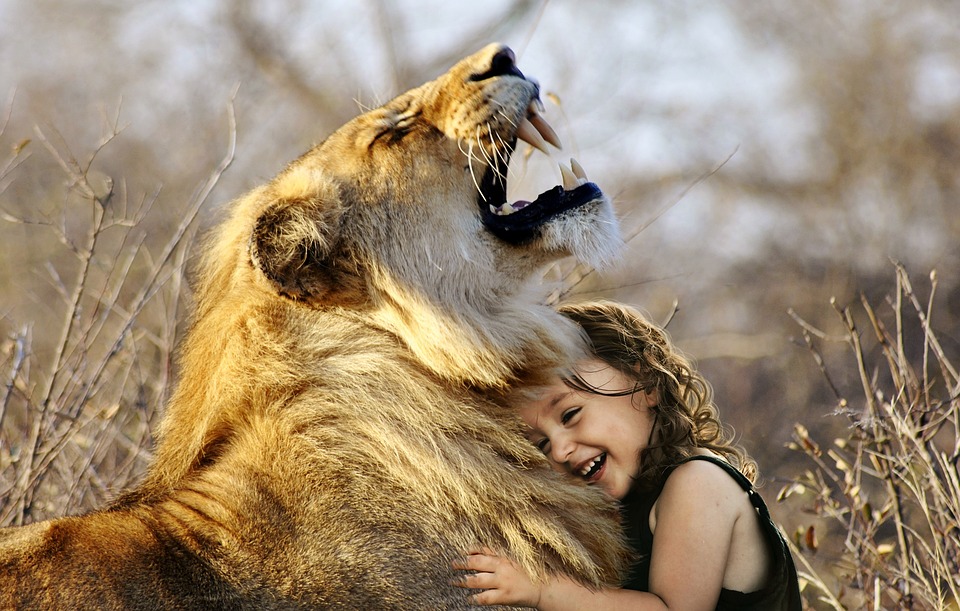Pet Insurance Tips Pet Owners Should Know
At any time of the year, our naughty four-legged furry friends, such as our pet cats and dogs among others, are more prone to illness or injury especially if they are spending more time outdoors. Many pet owners are worried they wouldn’t be able to afford health care services for their pets. Pet insurance is a smart option to help you with veterinary expenses. But before you finally decide, here are a few tips to assist you in your pet insurance choices.
To start with, there are several types of pet insurance to choose from. A pet health insurance plan reimburses the pet owner of covered veterinary care and itemizes covered treatments, lifetimes, or per illness maximums. As you will see below, the cost of a pet health insurance policy will vary based on the amount of coverage, the type of coverage, geographical location, the type of pet (species), its breed and age, and even whether it is sprayed or neutered. Check this Seven (7) Factors which affect pet insurance cost:
1. Type of Coverage
For the type of coverage, some factors that affect the pet insurance cost are the pet’s illness, accident, or routine care. When considering this, you should know what benefits are covered and what is not covered. Generally, the larger the amount of coverage, the greater the premium amount. If you take over a larger share of your pet’s veterinary care, the premium will be smaller. Choosing not to cover your pet’s routine care will help you lessen the cost of insurance.
2. Policy Limits
Some important things to consider when dealing with policy limits are deductible, co-pay, incident cap, and annual cap because these factors affect the cost of insurance. You should determine how much you need to pay before the Pet Insurance Company reimburses the expenses. You should also know what maximum amount is paid per incident or illness as well as annual caps. To get more affordable pet insurance, it’s recommended to choose a higher deductible, higher co-pay, and lower annual maximum.
3. Geographical Location
Since veterinarian costs differ significantly between areas, the location where you live affects the premium. Generally, the cost of veterinary care is much more expensive in a big city than in a small town, which affects reimbursement rates.
4. Type of Pet
Certain pets tend to have more illness or accident problems than others. Like for example, dogs have more injuries and health problems than cats. Because of that, it’s much more expensive to insure a dog than a cat.
5. Breed of Pet
There are certain breeds of dogs and cats that have more health problems than other breeds. The insurer considers this factor to calculate the premium you need to pay to insure your pet.
6. Age of Pet
The age of your pet also affects the cost of pet insurance. Generally, pets that have an age between 8 weeks and 5 years old are given the best rates. For those older pets, the premium will be higher because they usually have more health problems than younger ones.
7. Spayed and Neutered Pets
Usually, those spayed or neutered cats and dogs will receive a lower premium because they have a lower risk of having diseases and illnesses.




